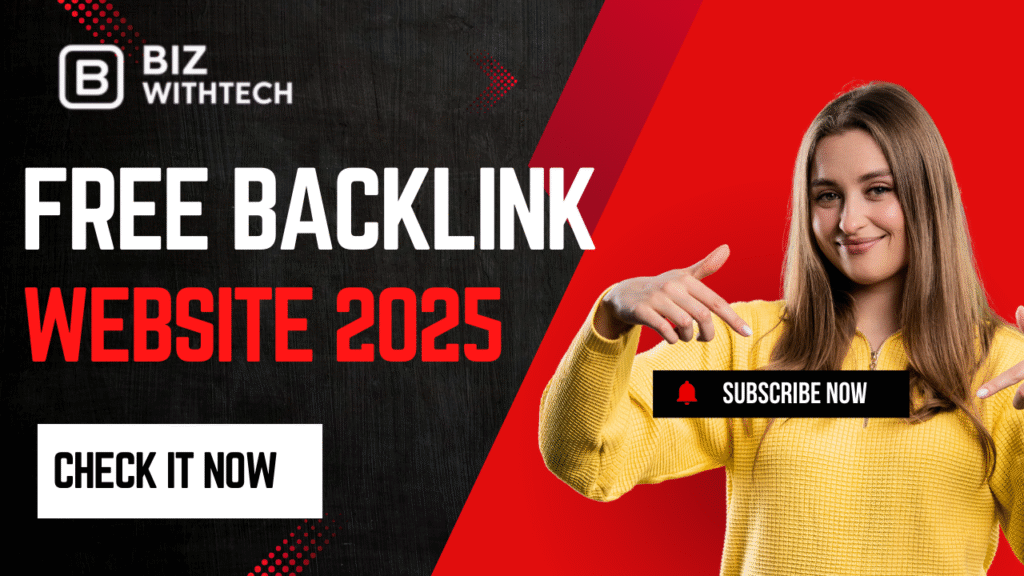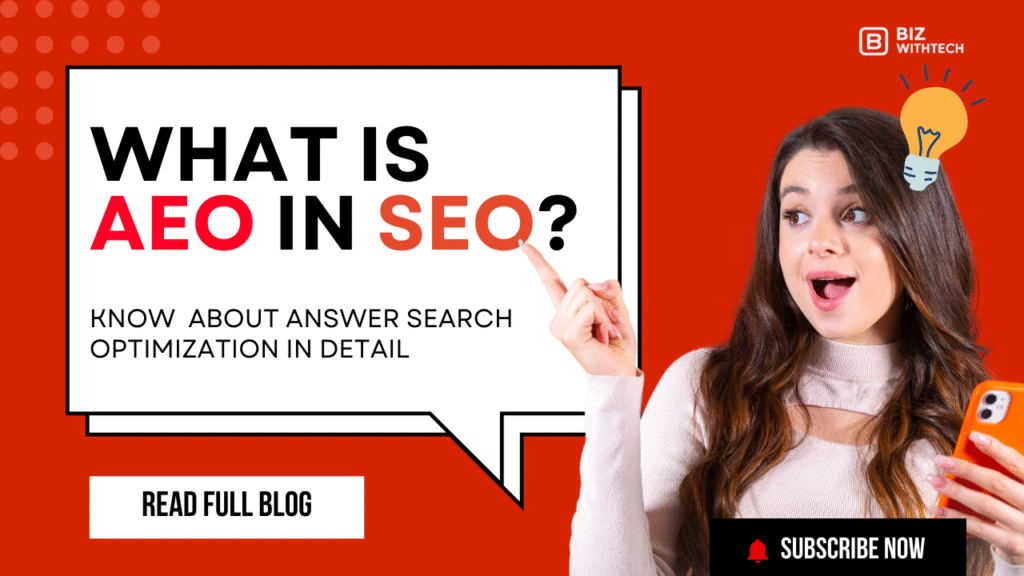In the vast landscape of search engine optimization, small details can make a significant impact on user experience and brand recognition. One such detail is the favicon—a tiny but mighty element that plays a surprisingly important role in modern SEO and digital marketing strategies.
Understanding Favicons: The Basics
A favicon, short for “favorite icon,” is a small 16×16 or 32×32 pixel image that appears in various locations across web browsers. You’ve seen them countless times—those tiny logos or symbols that appear in browser tabs, bookmark lists, and address bars. Think of the blue “f” for Facebook, the colorful “G” for Google, or the bird for Twitter (now X).
Originally introduced by Microsoft in 1999 with Internet Explorer 5, favicons have evolved from a simple browser feature into an essential component of web design and digital branding. Today, they’re not just decorative elements; they’re functional tools that contribute to your website’s overall SEO performance and user experience.
The Direct and Indirect SEO Benefits of Favicons
While favicons don’t directly influence your search engine rankings in the traditional sense—Google won’t rank you higher simply because you have a favicon—they do impact several factors that matter significantly to SEO.
1. Enhanced Brand Recognition
When users search on Google, favicons appear next to your website’s listing in mobile search results. This visual element helps your site stand out in a sea of text-based results. Users can quickly identify your brand, even before reading your title tag or meta description. This instant recognition can be the difference between someone clicking on your result versus a competitor’s.
2. Improved Click-Through Rates
A professional, recognizable favicon makes your search listing more visually appealing and trustworthy. Users are more likely to click on results from websites that appear polished and legitimate. Since click-through rate (CTR) is a user engagement signal that search engines monitor, a higher CTR can indirectly benefit your SEO performance.
3. Professional Credibility and Trust
In today’s digital landscape, users have become savvy about identifying legitimate websites. A missing favicon can be a red flag that suggests a site might be unprofessional, outdated, or even potentially unsafe. Conversely, a well-designed favicon signals that you’ve paid attention to details and care about your online presence—factors that build user trust and encourage engagement.
4. Better User Experience
From a user experience perspective, favicons serve a practical purpose. When users have multiple tabs open, favicons help them quickly locate your website among dozens of others. This improved navigation reduces friction and keeps users engaged with your content longer—another positive signal for SEO.
5. Mobile Search Visibility
Google’s mobile search results prominently display favicons next to each listing. Given that mobile searches now account for the majority of online queries, having a favicon is no longer optional—it’s essential for maintaining visibility and competitiveness in mobile search results.
Technical Requirements and Best Practices
Creating an effective favicon requires understanding both technical specifications and design principles.
Size and Format Specifications
Modern websites should include multiple favicon sizes to ensure optimal display across different devices and contexts:
- 16×16 pixels: The traditional favicon size for browser tabs
- 32×32 pixels: Standard for higher-resolution displays
- 48×48 pixels: For Windows site icons
- 180×180 pixels: Apple Touch icon for iOS devices
- 192×192 and 512×512 pixels: For Android devices and progressive web apps
The most commonly supported formats include ICO, PNG, and SVG. PNG files offer the best balance of quality and compatibility, while SVG provides scalability for modern browsers.
Design Considerations
Your favicon should be simple, recognizable, and aligned with your brand identity. Given the tiny display size, intricate details will be lost. Consider these design tips:
- Use a simplified version of your logo or a distinctive symbol
- Ensure high contrast so the icon remains visible on various backgrounds
- Avoid text unless it’s a single letter or initial
- Test how it looks at different sizes and on different backgrounds
- Maintain consistency with your overall brand colors and style
Implementation Methods
The most straightforward way to add a favicon to your website is by placing it in your site’s root directory and linking to it in your HTML header:
<link rel="icon" type="image/png" href="/favicon.png" sizes="32x32">
<link rel="icon" type="image/png" href="/favicon-16x16.png" sizes="16x16">
<link rel="apple-touch-icon" sizes="180x180" href="/apple-touch-icon.png">For comprehensive coverage across all devices and browsers, you should also include a manifest file for progressive web apps and various Apple touch icons.
Common Favicon Mistakes to Avoid
Even experienced web developers sometimes overlook important aspects of favicon implementation. Here are mistakes that can undermine your efforts:
- Using Generic or Default Icons: Stock favicons or browser default icons make your site forgettable and unprofessional.
- Incorrect File Paths: Broken links to favicon files create 404 errors, which waste crawl budget and create a poor user experience.
- Oversized Files: Favicon files should be optimized and small (under 10KB). Large files slow down page loading times.
- Inconsistent Branding: Your favicon should align with your overall brand identity. A disconnected favicon confuses users and weakens brand recognition.
- Missing Mobile Versions: Failing to include Apple touch icons and Android-specific sizes means missed opportunities on mobile devices.
How Search Engines Use Favicons
Google officially began displaying favicons in mobile search results in 2019 and later extended this feature to desktop results in 2020. The search giant has specific guidelines for favicons:
- The favicon must be a multiple of 48 pixels square (e.g., 48×48, 96×96, 144×144)
- Google will select the size that best fits the device display
- The favicon file must be accessible (not blocked by robots.txt)
- It should be stable and not change frequently
- It must be appropriate and follow Google’s webmaster guidelines
Google indexes favicons separately from page content, and it may take some time for a new or updated favicon to appear in search results.
Measuring Favicon Impact
While you can’t directly measure favicon SEO impact in traditional analytics, you can monitor related metrics:
- Click-through rates from search results before and after favicon implementation
- Bounce rates and session duration as indicators of user trust
- Brand searches to gauge improved brand recognition
- Mobile traffic patterns to see if mobile visibility has improved
The Future of Favicons in SEO
As search interfaces evolve, visual elements like favicons will likely become even more important. Voice search assistants are beginning to display visual results, and augmented reality browsers may use favicons for spatial web navigation. Investing in a strong favicon strategy today positions your website for these future developments.
Conclusion
While a favicon might seem like a minor detail in the grand scheme of SEO, it’s one of those elements where attention to detail pays dividends. It bridges the gap between technical SEO, user experience, and brand marketing—three pillars of successful digital presence.
A well-designed, properly implemented favicon won’t directly boost your rankings, but it will make your site more recognizable, trustworthy, and user-friendly. In the competitive world of search results, these advantages translate into better click-through rates, improved engagement, and ultimately, better SEO performance.
Don’t underestimate the power of this tiny icon. Take the time to create a memorable favicon that represents your brand, implement it correctly across all devices, and ensure it meets search engine guidelines. Your users—and your search visibility—will thank you for it.



